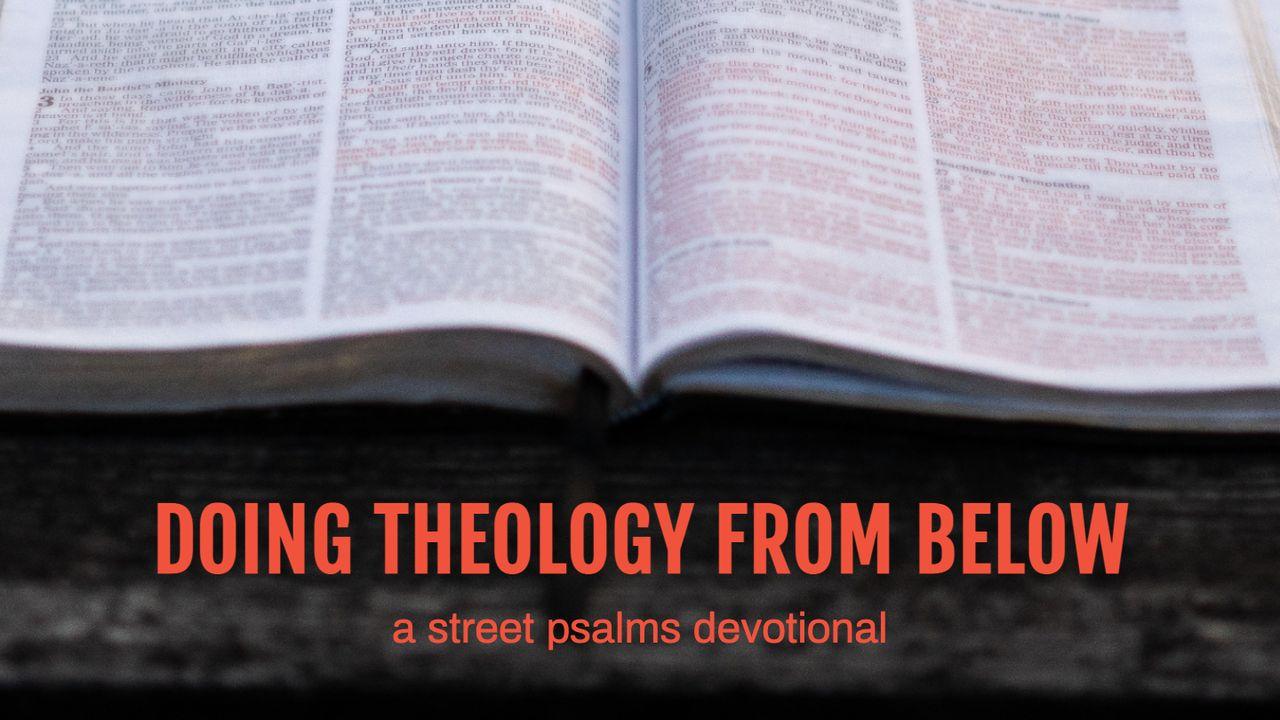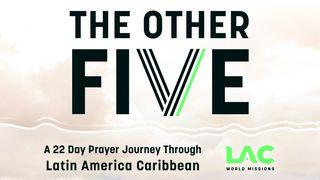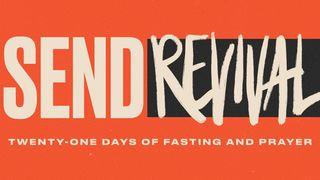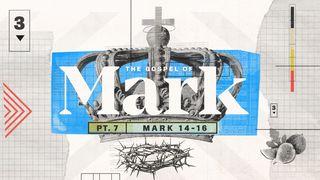Doing Theology From BelowSample


Living Hermeneutic
So far we’ve said that doing “theology from below” is a way of reading Scripture not to, not for, but “with" those at the margins. Dietrich Bonhoeffer said it this way: “We have learned to see for once the great events of world history from below— through the perspective of the barred, the suspects, the badly treated, the powerless, the oppressed, the scoffed—in short, the perspective of those who suffer.”
We also talked about how the text is a public document that is meant to be read and interpreted in community. We used Jazz as our metaphor.
Today, we’ll focus more on what it means to read the text through the eyes of Jesus. Perhaps the clearest example of this is the bible study that happened on Easter day. It took place on the Road to Emmaus when Jesus came to Cleopas and his unnamed companion. They were fleeing Jerusalem, the scene of the horrific murder of Jesus that they all witnessed. Traumatized and fearing for their lives, they left Jerusalem and they were headed to Emmaus, which Luke uses as a metaphor for nowhere.
While headed out of town, Cleopas and his friend try to interpret what happened and make sense of it. The text says they were “talking and discussing” (Luke 24:15). The Greek word for talking is homilein from which we get the word homily. In other words, they were homilizing, but unlike most homilies this was an intensely heated discussion. In fact, the word “discussing” is antiballete in the Greek, from which we get the word “anti-ballistic.” They were literally going “ballistic” on each other. And who could blame them, they were in a story that they couldn’t interpret.
It is in the context of their fierce argument that Jesus “came near” and “went with them.” In other words, Jesus walked with them in their chaos and confusion, but “Their eyes were kept from recognizing him.” Jesus appears to them as a stranger and the stranger comes near and walks with them. He listens as they try in vain to narrate the events.
And then “beginning with Moses and all the prophets, the stranger interpreted to them the things about himself in all the Scriptures” (Luke 24:27). This bible study made their “hearts burn within” (Luke 24:32).
What’s critical for the moment is not so much the content of the study, but through whose eyes they are reading the Bible. They are reading their sacred texts through the eyes of the “stranger,” the crucified and risen one, Jesus becomes their hermeneutic – their lens of interpretation. This changes everything. It changes the way we read Scripture. It changes the way we see God and even ourselves. It changes our story.
Jesus is our living hermeneutic that gives to us the intelligence of the Victim. This is what it means to see through the eyes of Jesus. This is the key to doing theology from below.
Take a few minutes to reflect on what it means that Jesus is a living hermeneutic that gives us the intelligence of the victim.
Scripture
About this Plan

Hello and Welcome to a series of reflections called “Doing Theology from below.” These reflections are designed for those who want to explore a way of reading Scripture that is liberating, especially in vulnerable urban communities. Doing Theology from Below is learning how to read the text not “to” not “for” but “with” those we are called to love and serve and to do so with Jesus as our rabbi.
More









